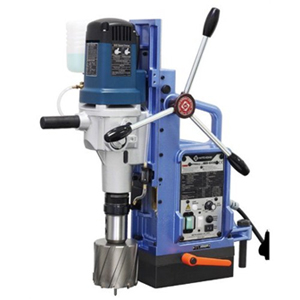Schedule a Call Back
US tariff war, Russian oil, and India’s balancing act
 Articles
Articles- Sep 15,25

Related Stories

India’s petrochemical economy: Opportunities for manufacturing industry growth
With supportive government policies and robust market demand, the Indian petrochemical industry has the potential to emerge as a pillar of industrial self-reliance, write R Jayaraman and T C R Amon.
Read moreAre IIOT sales strategies holding up adoption of Industry 4.0 in manufacturing?
As Industry 4.0 matures, Industrial IOT (IIOT) platforms will be the backbone of digital transformation. But adoption depends as much on how they are sold as on what they deliver, write R Jayaraman ..
Read more
SIT plans to introduce new power transmission solutions in India: Amit Nangre
In this interview, Amit Nangre, Executive Director, SIT PTC India Pvt Ltd, shares insights on the company’s growth journey, challenges, and future opportunities.
Read more















